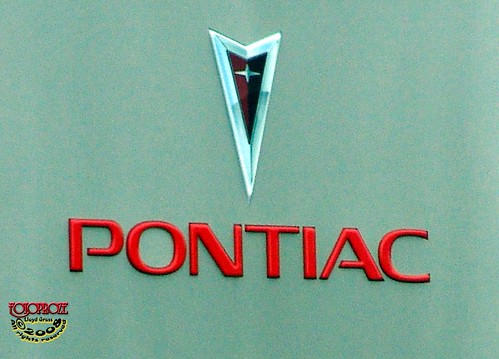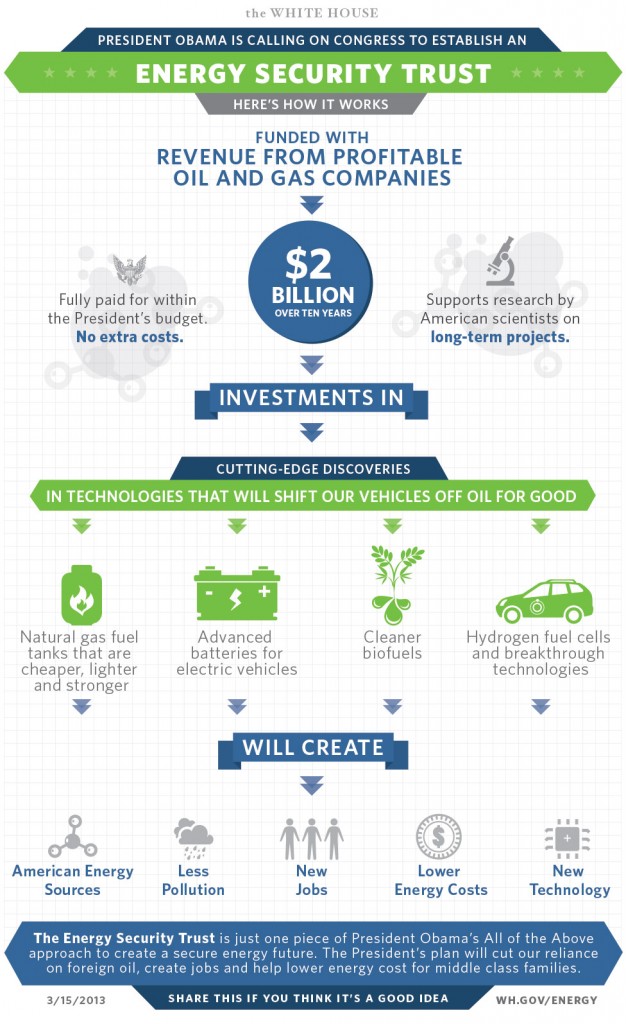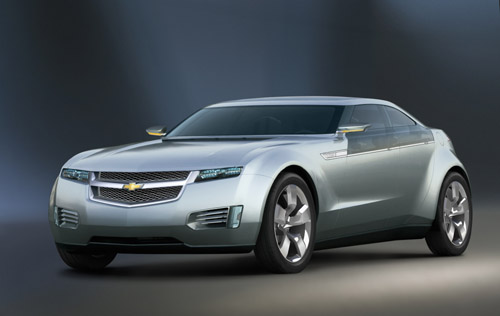(Source: CNN)
Pontiac owners around the United States are feeling nostalgic amid reports that cash-strapped General Motors will end one of its most coveted brands.
 Pontiac models, such as the 1969 GTO, helped usher in the era of the muscle cars, enthusiasts say.
Pontiac models, such as the 1969 GTO, helped usher in the era of the muscle cars, enthusiasts say.
“I had two brothers, and they each had one of these cars,” she said. “The GTO represented the suburban culture of its time, heavily laden with root beer and plain beer.”
“Those were the days of Bob’s Big Boy [hamburger restaurant], when girls wore skates. Back then we pleasantly wasted gas looking for fun. It was a social thing.”
Debuting in 1964, the Pontiac GTO is widely regarded as the original muscle car. It was a risky model in that it featured a big-block engine in an intermediate-size frame.
The GTO’s success not only buoyed GM but helped jumpstart the high-performance market for Detroit’s Big Three automakers — and ushered in the era of the vehicle as status symbol.
“It was a chick magnet, for God’s sake. Even from a girl’s standpoint,” Lindsay said.
Pontiac’s other emblematic performance car, the Firebird Trans Am, featured the outline of a firebird on the hood — the whole hood. It enjoyed a rise in popularity and brisk sales after being featured in the “Smokey and the Bandit” movie franchise beginning in the late 1970s.
But like even the most sturdy odometer, the numbers, years ago, had begun to work against Detroit.
After years of watching their market share erode to foreign automakers, GM, Ford and Chrysler were beset by a perfect storm of declining sales, slow innovation and a dogged recession. While all three shed jobs, GM and Chrysler took bailouts to survive; Ford chose to rely on its cash reserves to ride out the storm.
In February, GM announced the end of the Saturn and Hummer lines while casting a ray of hope for Pontiac enthusiasts by saying that the brand would survive but be scaled back to a niche product.
But as a potential bankruptcy filing looms on June 1, the automaker has reportedly studied closing down the Pontiac brand. In the midst of pressure from the Obama administration to present a restructuring plan that shows the company’s long-term viability, the automaker recently released a statement to downplay fears that brands Americans have patronized for generations are on the chopping block.
“General Motors has not announced any changes to its long-term viability plan or to the future status of any of its brands,” the automaker said Friday in a statement on its Web site.
Click here to read the entire article.
























 In forgoing the loan, Chrysler Financial opted to use more expensive financing from private banks, adding to the burdens of the already fragile automaker and its financing company.
In forgoing the loan, Chrysler Financial opted to use more expensive financing from private banks, adding to the burdens of the already fragile automaker and its financing company.